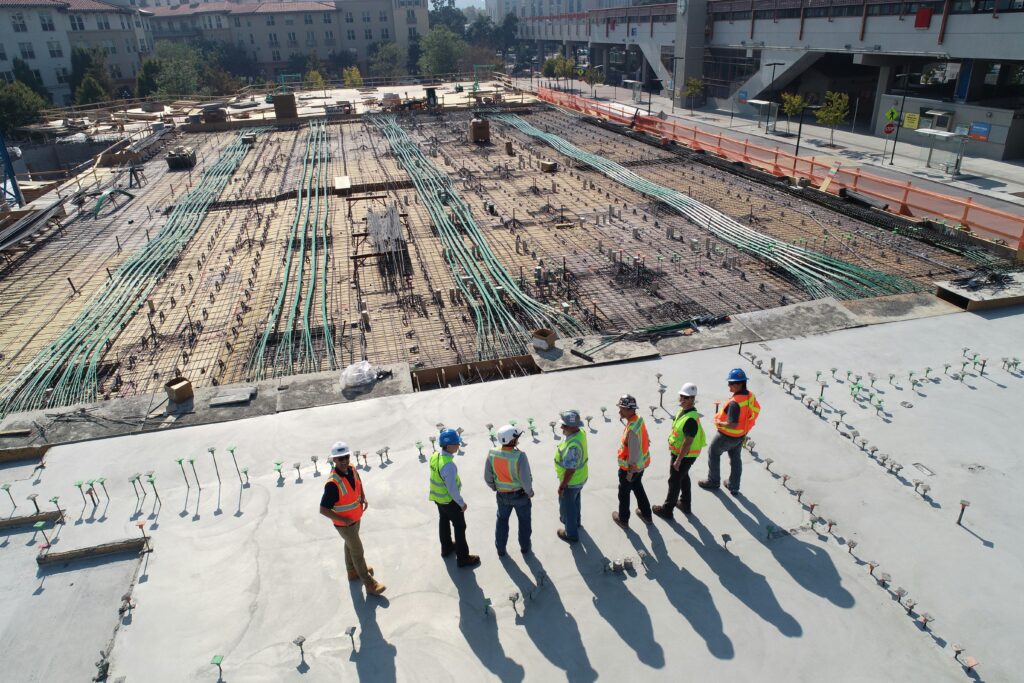Digital twins are well-understood as a concept but there’s a big caveat to this. Digital twins are overwhelmingly associated with industrial use cases, and for good reason. The manufacturing, automotive and aviation industries are where digital twins are most commonly found today.
However, given the data trajectory that most organizations are following with an explosion in telemetry data, derived from multiple sources in addition to IoT sensors traditionally associated with heavy industry digital twins, enterprise applications and integrated technology platforms should yield the required data that can be scaled up to establish a digital twin of an entire organization (DTO) in the not-so-distant future.
DTOs hold great potential for improving how organizations effectively optimize value chains and end-to-end processes – which has proved challenging up to now. What we’re describing is akin to process mining, a concept where processes are extracted from event logs rather than static models on an organizational-wide level. Feasibly, we can start to map out where such broad applications of process mining could have a transformative impact on business strategy setting, operations and customer experience delivery
Momentum gathers to shift from concept to implementation
At this stage, it’s worth being crystal clear that DTOs are nothing new. Gartner has been writing about them for almost a decade and the evolution arc of ERP tools has been heading towards a DTO-like vision of real-time, end-to-end business operations for some time – even if the ‘DTO’ label wasn’t front of mind.
It’s always been clear that building a DTO would be an ambitious undertaking requiring masses of data that businesses simply haven’t had – that is changing. An explosion of data across enterprise IT environments, from the implementation of cloud platforms into supply chains to business process automation and the integration of AI into customer touchpoints, makes it feasible to digitally and dynamically map an entire organization.
Even with this data, why would a business dedicate the time and resources undeniably needed to build a DTO? The answer is that DTOs present a massive opportunity to overhaul enterprise transformation planning for the better. Traditionally, business and IT design has been carried out using static architecture models that existed in isolation from the tracking of business and IT performance. Combining swaths of data, from traditional business intelligence metrics to system processes, with enterprise architecture models for process, application, organization or tech design poses exciting potential ways for design and performance to be correlated in a way not possible before.
The SaaS providers behind the platforms used by enterprise architects – those in an organization typically responsible for designing and planning enterprise analysis to execute overall business strategies – aren’t ignorant of the ways that an explosion of telemetry data across organizations end-to-end makes feasible what was once theory. As these platforms expand the art of the possible when it comes to integrating architecture with process mining and business performance, they’ll come to the attention of more organizations – particularly those that place emphasis on being customer-centric.
Scoping out use cases
Despite the high prioritization placed on customer experience by organizations, it’s often the case that existing customer data isn’t mapped to the design of customer journeys. This risks flying blind when rolling out customer-facing applications and services. The data pulled into a DTO, through the prism of process mining, could serve as a great revealing light for individual customer touchpoints.
Customer journey analysis is a great example. Data from customer touchpoints – which is more readily available through the integration of AI into customer interactions – could be feasibly fed into a DTO to grant visibility of customer-facing operations in real time. This would help transformation leads or even practitioners see where friction and negative customer experiences occur and remedy this by working with relevant customer channel leads. This has the potential to yield high-value insight to inform the overall change backlog.
Another example is the analysis of revenue drivers. Equipped with a DTO, businesses will be able to pivot from retrospective and time-consuming data collection methods to real-time analysis and insight generation. This has the potential to shed light on variables like buying behavior and demand signals that have been opaque to date.
DTOs hold the potential to elevate data-driven decision-making to new levels of sophistication, but they also have great potential for longer-term business planning and scenario modeling. That’s because a digital twin is intended to look and act like the organization but is, of course, separate. The DTO allows end users to simulate a new product launch or user experience changes and test those updates before they’re rolled out. The scope for limiting the risk of customer backlash following such changes is powerful.
This is, of course, gazing into the future. For the average organization, gaps in the data required to extract full flows of sophisticated processes will persist. As already covered, however, addressing these gaps is becoming increasingly feasible and enterprise-grade platforms are moving towards the integration of telemetry and event analysis with analysis from other sources to act as powerful DTOs that yield strategic insight of the highest value. That’s the promise of DTO.
Enterprise architects emerge as agents of customer-facing change
Enterprise Architects are set to have a major stake in building and advocating for DTOs. This opens up exciting new opportunities for EAs to work more closely with customer experience leads to drive mutual success. Together, they can troubleshoot, harness and drive the collection of data to be fed into the DTO to make a range of customer experience improvements.
Business leaders who can see this vision are in a position to advocate for their organization to make a head start by organizing data as much as possible today. An approach to enterprise architecture that’s compatible with data from as broad a range of enterprise applications and services as possible will help facilitate such an exercise that puts organizations on the path toward a DTO.
A missing piece of the puzzle for DTOs to become mainstream is making sense of the masses of telemetry data that a DTO would pull in. This requires embedded AI to sift through the noise to serve insights and recommendations. But breakthroughs in AI and machine learning no longer render such technology integration far-off or abstract. DTOs haven’t hit the mainstream but the barriers to their realization are falling away fast and they no longer exist in the purely theoretical realm. Progressive organizations that want to change how they change should hit the ground running building and learning towards the DTO future.






